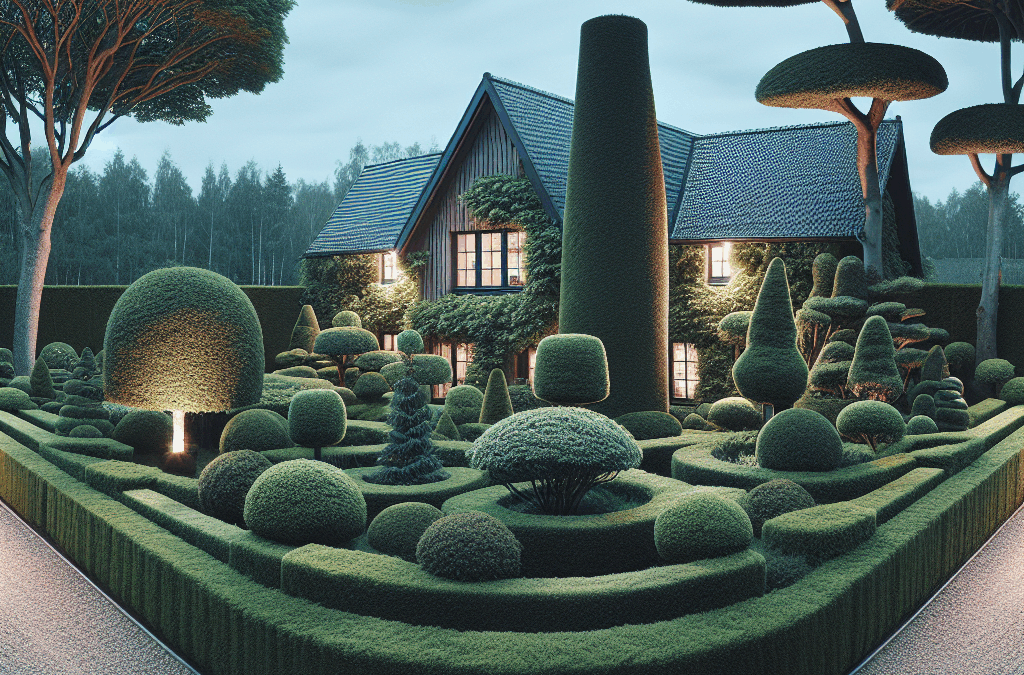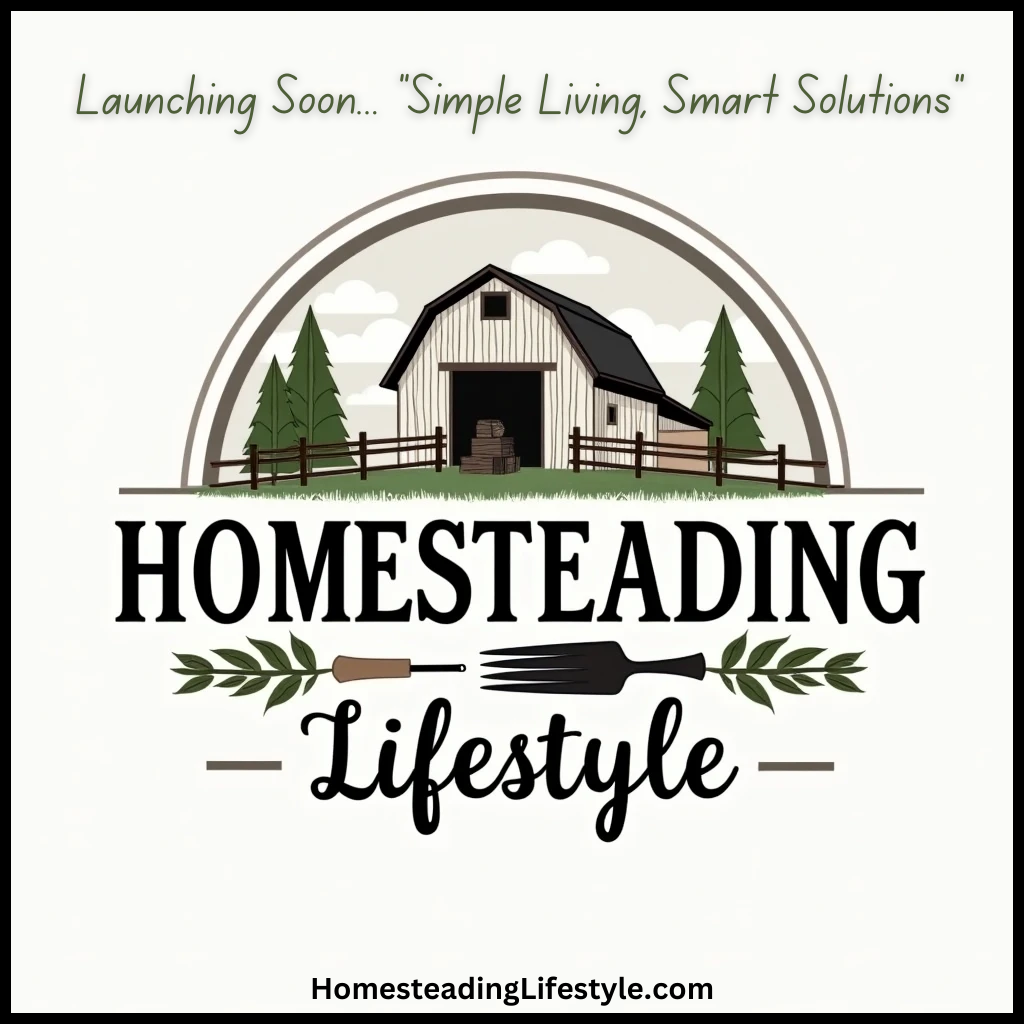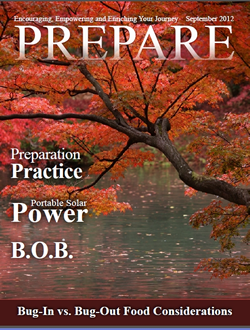1. Creating a Natural Barrier
Understanding the Importance of Natural Barriers
Creating a natural barrier is not just about planting some shrubs; it’s about crafting a sense of safety around your home. During my journey into homesteading, I learned that nature itself can act as a first line of defense. Dense foliage can deter intruders, while also offering privacy. Many times, I’ve felt more secure just knowing that my front yard could be a bit of a maze for any unwanted visitors.
It’s crucial to choose the right plants. Thorny bushes like hawthorn or certain varieties of roses can create a physical barrier that’s not just visually pleasing but also a bit prickly to navigate through. With a well-designed landscape, your homestead can blend into the natural environment while providing protection.
Remember, the goal is to make entry as challenging as possible while still looking attractive. Over the years, I’ve found that investing time in planting native bushes along pathways and property lines really paid off in terms of security and aesthetics.
Choosing the Right Plants
Not all plants are created equal when it comes to security. In my experience, I found that focusing on local flora not only helps with your landscape but also supports local wildlife. For instance, when you choose native plants, you’re not just providing security; you’re also enhancing biodiversity.
When selecting your plants, consider those that grow thick and tall but are also manageable. You want a layered effect: taller trees that can provide a tall barrier, followed by medium shrubs and ground cover plants. This layering creates visual depth and makes it hard for anyone to approach unnoticed.
Additionally, seasonal plants can create a dynamic security element. For example, planting evergreens ensures year-round coverage, while deciduous plants can help establish a barrier marked by changing colors throughout the seasons, making it an appealing security measure.
Maintenance for Maximum Effectiveness
Now, planting is just the beginning. Regular maintenance is key! I can’t stress enough how quickly natural barriers can become overgrown or, conversely, suffer from neglect. Scheduling regular pruning sessions every few months can help maintain the desired shape and density of your natural barrier.
Moreover, ensuring that the barrier is free from pests or disease is vital. I’ve often found myself consulting with local garden centers to learn more about pest-resistant native varieties. This not only keeps my plants healthy but keeps my security measures intact.
Lastly, periodically reassessing the layout and effectiveness of your natural barrier helps ensure that I adapt to any changes around my homestead. It’s all about staying one step ahead and continually improving my defenses!
2. Utilizing Strategic Lighting
The Role of Lighting in Security
In my own homestead journey, I discovered that lighting plays a significant role in crafting a secure environment. Proper lighting makes it much harder for anyone with ill intentions to operate unnoticed. I’ve learned that a well-lit property can deter potential intruders because they prefer shadows over the spotlight.
Instead of relying solely on streetlights or neighborhood lighting, I’ve invested in solar-powered lights strategically placed along pathways and near entrances. This approach not only saves on energy costs but gives me the flexibility to control visibility around my property more effectively.
In addition, creating pools of light rather than an overall floodlit environment keeps the homestead looking warm and inviting while enhancing security. By placing lights near dense shrubbery, I can make those areas feel more open and less appealing to anyone looking to hide or lurk.
Selecting the Right Lighting Solutions
When I started, I experimented with various lighting types—motion sensors, solar lights, and even low-voltage options—until I found the right balance for my property. Motion-sensor lights are particularly effective since they light up when they detect movement, giving that ‘caught in the act’ feeling to unwanted visitors.
Solar-powered garden lights not only enhance the beauty of my landscape but also help me save on electricity. I’ve installed these along paths and near critical entrances. It’s almost like creating a warm welcome while reinforcing security, which is a big win in my book!
Finally, don’t forget to consider the aesthetic of your lighting solutions. I often choose fixtures that harmonize with my landscape design. This ensures my homestead maintains that cozy, inviting feel while still being a fortress when darkness falls.
Regular Upkeep and Monitoring
Once you’ve set up your lighting, hey, don’t just forget about it! Regular upkeep is essential. I’ve made it a routine to check bulbs and fixtures every few months. This ensures everything is working correctly and my security measures are fully active.
Consider incorporating a smart lighting system that allows remote monitoring and control. This tech-savvy approach gives you the ability to manage your lights even when you’re away. I’ve found peace of mind knowing I can check in on my property anywhere, anytime.
Moreover, I periodically reassess the placement of my lights. As my gardens and landscapes evolve, adjustments in lighting might be necessary to maintain that sense of security, ensuring every nook and cranny is touched by the light!
3. Implementing Natural Surveillance
Using Landscape Design for Natural Surveillance
When I think about security, one of the most overlooked aspects is the ability to see. In designing my garden, I intentionally created open sight lines across my property. By utilizing natural landscaping that allows for visibility, I can keep an eye on what’s happening around me while enjoying my space.
Low-lying plants and well-placed trees help maintain a clear sight line to the entrances of my homestead. It’s all about creating that natural oversight without creating an unpleasant barren space. Everyone loves a well-placed tree that provides shade, and it doubles as a watchtower for me!
Being able to see and be seen adds a layer of safety. It’s made me feel more in control of my environment, rather than feeling vulnerable behind thick hedges or tall fences. Plus, it maintains the beauty of my outdoor space—a win-win!
Creating Open Spaces
If you think about it, open spaces allow for better visibility. I started creating gathering zones within my landscape—think small patios or benches that are situated for optimal views of my surroundings. It encourages not just relaxation but also imparts a level of community among my family and friends.
These gathering areas are also great for social interactions, providing a sense of security. Knowing that I’ll see who’s entering or leaving makes me feel safer. It’s also an excellent way to engage with neighbors and share a laugh while looking out for each other!
Creating clear pathways and avoiding dense growth near entrances is key. It’s challenging to keep a watchful eye when you can’t see what’s coming your way, right? Always prioritize visibility when planning your outdoor areas.
Utilizing Renewable Surveillance Tools
Over the years, I’ve integrated technology into my natural landscape for added security. Small, discreet cameras placed in non-intrusive areas provide extra peace of mind without disrupting the aesthetic of my gardens. It’s amazing how seamlessly these tools can blend into the environment; if you position them right, they can be pretty unnoticeable!
Additionally, wildlife cameras can help you keep tabs on more than just potential intruders—they can also capture local wildlife! I’ve often found little surprises in my yard that don’t just add excitement but remind me about the importance of nature co-existing with security.
Ultimately, it’s about ensuring the surveillance blends with the natural elements. Hidden cameras mounted in the trees or along fences can boost your security while ensuring that the beauty of your homestead remains unobstructed. It’s like having the best of both worlds!
4. Designing for Accessibility and Control
Enhancing Access Control through Design
When designing my landscape, accessibility was a major factor in improving control. I’ve learned that every flowerbed and pathway should serve a function that contributes to safety as well as beauty. Clear entries with a welcoming design can define how accessible my homestead is while also indicating to visitors they’re being watched!
Strategic plant placement around entrances, such as low hedges and decorative rocks, helped me craft a more accessible landscape while significantly improving security. It’s inviting yet suggests, ‘Hey, we’re watching!’
This blend of accessibility and security makes it easier for my family and guests to move through the property safely. This aspect has helped foster an atmosphere of community while promoting safety—just the way I like it.
Incorporating Pathways for Safety
Adding well-defined pathways encourages safe movement throughout the property, particularly at night. I’ve always made sure my pathways are well-lit and bordered with sturdy yet beautiful native plants, which both guides and protects anyone walking through.
Creating pathways not only enhances the security of movement but also directs the flow of visitors to familiar areas. That’s another layer of control—to channel foot traffic through gardens rather than across open fields, keeping everyone in sight!
Plus, pathways make it easier to maintain your property. Less overgrown wildness means fewer potential hiding spots for anyone lurking around your homestead, all while providing a neat and tidy appearance.
Encouraging Community Involvement
Getting neighbors involved has been a game changer! Fostering relationships within your community leads to more eyes on your property. I often hold small gatherings or garden parties to connect with those around me. When everyone feels invested in the neighborhood, it creates an unspoken level of vigilance that not only secures my home but also builds friendships.
Community gardens or cooperative planting events can create a neighborhood bond while securing your homestead. Trust me, when we all chip in, every participant becomes another safeguard. I’ve enjoyed this sense of camaraderie around my homestead—everybody watches out for each other.
Involving the community transforms your security landscape than simply relying on barriers. We all care about creating a safe environment, and connecting with those around builds trust, making your homestead feel like a tight-knit family unit. It’s a beautiful thing!
5. Creating a Multi-Functional Landscape
Designing for Usability
A multi-functional landscape is a wonderful concept I adopted early on. Each plant and feature should serve multiple purposes. For example, I planted edible plants alongside ornamental ones, which not only beautifies the space but also contributes to my family’s sustenance—functioning as food while still being aesthetically pleasing.
It’s fantastic when landscaping can provide both beauty and security. The feeling of security grows as you become more self-reliant; growing my own food adds layers of protection against grocery store vulnerabilities!
Moreover, when visitors come by, I can showcase the beauty of my garden while discussing the practicality of a multi-use landscape. It’s a great talking point and inspires others to consider similar approaches, elevating the community’s homesteading spirit.
Incorporating Natural Elements
When lay out your homestead, consider how elements like water features or decorative stones can also be functional. I created a small pond that serves as a natural habitat for various birds and insects while adding beauty to my property. This not only acts as wildlife-friendly landscaping but also encourages healthy exposure to nature’s wonders.
Integrating natural elements offers both beauty and habitat, promoting ecological well-being while enhancing my homestead security strategy. It delights me to know that my landscape supports a diverse range of life, all while maintaining top-notch security.
This emphasis on multi-functional design ensures that each feature of my garden contributes, rather than simply exists. It enriches my homestead and offers more layers of protection through the creation of a thriving ecosystem that encourages natural variety.
Adapting to the Environment
Understanding my local environment is paramount for creating an effective multi-functional landscape. Over the years, I’ve adapted my garden to accommodate seasonal variations and natural weather patterns. For example, utilizing windbreaks or barriers helps reduce damage from harsh wind, ultimately protecting my plants while adding that extra layer of shelter.
Understanding native ecosystems also means planting flora that will thrive in my local environment, reducing the need for constant upkeep and helping my landscape flourish. It’s reassuring to know my plants are naturally suited for security and health.
This adaptability means my homestead can evolve rather than stagnate. Each year brings new lessons that I integrate into my landscaping, ensuring my security measures grow and enhance our lifestyle while nurturing the planet. I can sleep better knowing I’ve created a resilient homestead through natural landscaping!
FAQs
What are natural barriers and why are they important?
Natural barriers refer to dense plants or shrubs that create a protective boundary around your property. They act as physical and visual obstacles for unwanted visitors, enhancing privacy and security while improving the natural beauty of your landscape.
How does lighting contribute to security?
Lighting illuminates dark areas around your homestead, making it hard for intruders to hide. Smart lighting systems, particularly motion-detecting ones, further discourage unauthorized entry and can provide a more welcoming environment for your home.
What is natural surveillance in landscape design?
Natural surveillance involves creating open sightlines within your property and strategically placing features to help you monitor activities around your homestead. This makes it more challenging for anyone to approach clandestinely, thereby enhancing security.
How can I make my landscape multi-functional?
A multi-functional landscape serves more than one purpose; it can blend aesthetics with practicality. For example, planting edible plants alongside ornamental ones not only beautifies your yard but also provides food, contributing to self-sufficiency.
Why should I incorporate community involvement into my homestead security?
Engaging with your community creates a network of guardians. When neighbors look out for one another, they collectively enhance security. Neighborhood bonds foster relationships and promote vigilance, resulting in a safer environment for everyone!





